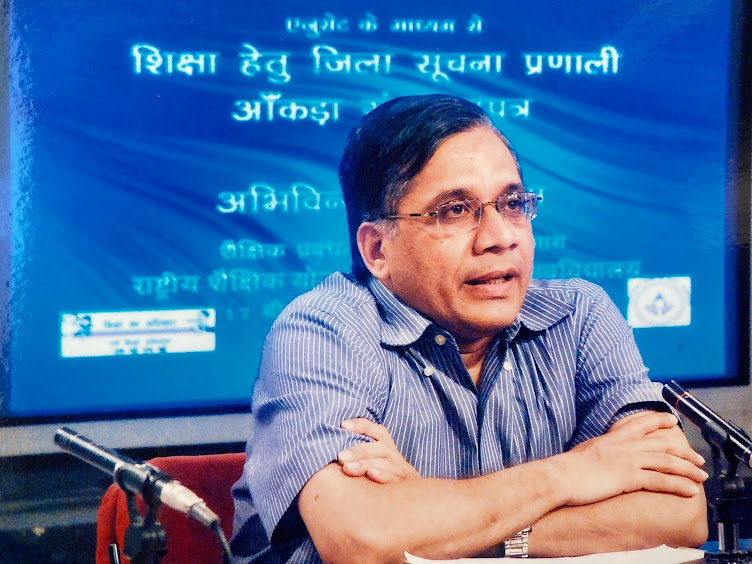Prof. Arun C Mehta
Formerly Professor & Head
Department of EMIS
NIEPA, New Delhi
Background
Ever since the Planning Commission is renamed as The National Institutions for Transforming India (NITI) Aayog it used to compute and disseminate a variety of state-specific indices which includes one each for Education, Health, Water, and Sustainable Development (SDG) Goals. On the one hand, the education index, namely School Education Quality Index (SEQI) is the latest available for the year 2016-17; on the other hand, the SDG index is available for 2020-21. The recently launched (December 2021), Healthy States, Progressive India: Health Round IV is the latest available for 2019-20.
The available indices help know the status of a state-viz-a-viz other states concerning SDG, health, and education but the indices are of little use to use as an input to ongoing annual plan formulation exercises. For example, the SEQI (also performance Grading Index for 2019-20) is the latest available for the year 2016-17, the same is not possible to use while formulating annual plans the process of 2022-23 under Samagra Shiksha is being initiated soon.
Most of the indicators used in Health
Index: 2019-20 are of the year 2018-19 or even 2015-16 in case of few
indicators. NITI Aayog must also intervene to ensure that the data required in
computing an index in a year must be available for the same year for which an
index is being computed. The time lag in school education data has recently
been widened as the same is latest available for the year 2019-20 (as of January
2021).
While observations on School Education Quality Index (SEQI), Performance Grading Index (PGI), and Sustainable Development Goals (SDG) are separately been documented, in this note we focus more on the Health Round IV Index: 2019-20. The Health Index of the first three rounds is available for years, 2014-15, 2015-16, and 2016-17 respectively. In addition, SDG3: Health Index has also been looked into.
Continue Reading ....
Full Article
Tables





